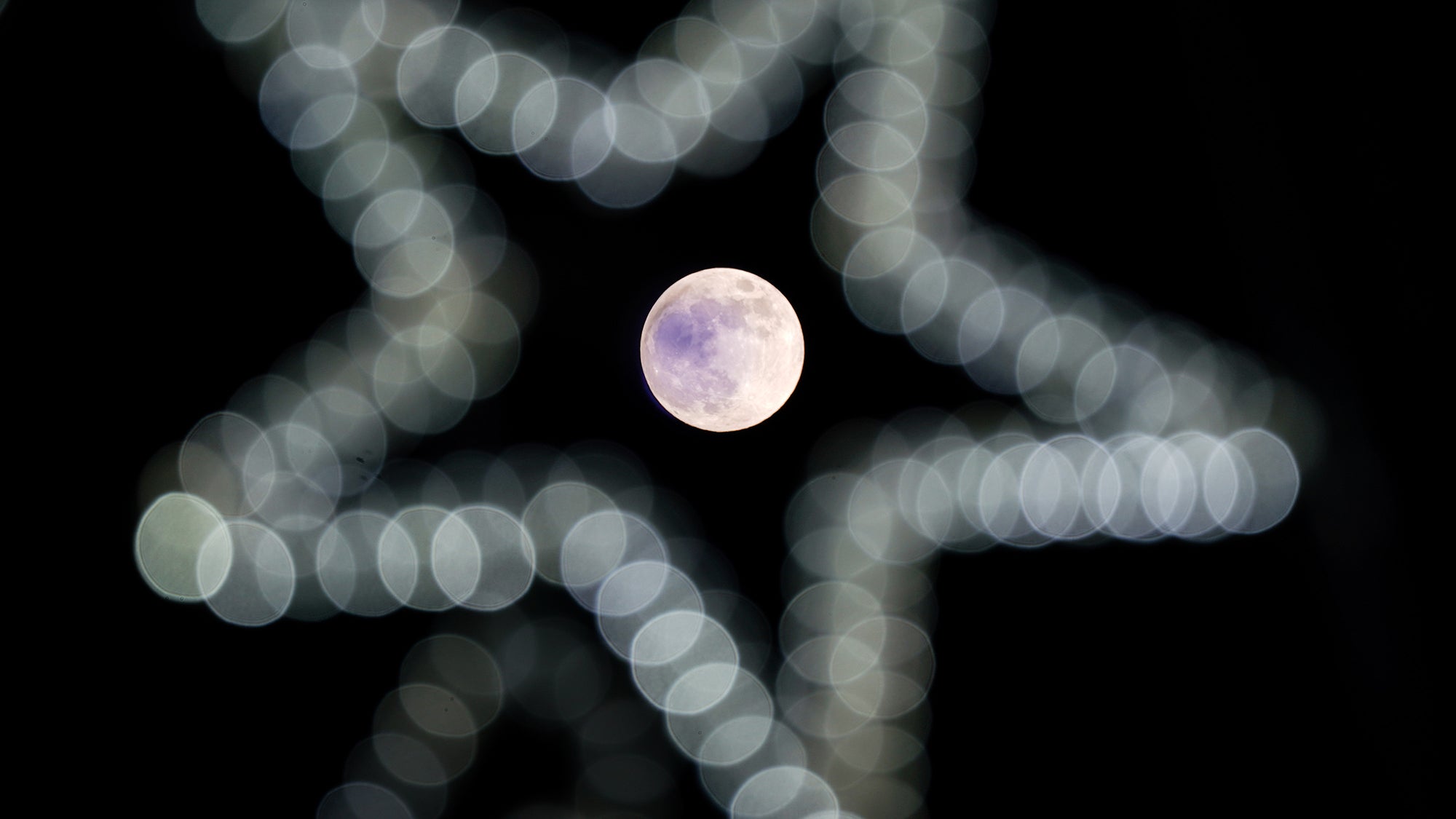| December 4 | Mercury at Greatest Elongation |
| December 13 and 14 | Geminids Meteor Shower Predicted Peak |
| December 21 | Winter Solstice |
| December 22 and 23 | Ursids Meteor Shower Predicted Peak |
| December 26 | Full Cold Moon |
While those of us in the Northern Hemisphere are in the grips of the darkest days of the year, the colder and less humid air makes it a prime time for stargazing. Here’s what to look out for in the last month of 2023.
December 4 – Mercury at Greatest Elongation
The planet Mercury will be at its farthest from the sun at 12:26 a.m. EST on December 4. According to EarthSky, Mercury shines at magnitude -0.3 when it is at greatest elongation, or angular distance from the sun. This makes it brighter than most stars. It will be in front of the constellation Sagittarius the Archer, but most of the stars in this constellation will be lost in the twilight. For best viewing, look to the western sky shortly after sunset.
[Related: A probe destined for Mercury ended up rubbernecking Venus.]
December 13 and 14 – Geminids Meteor Shower Predicted Peak
If shooting stars are more your thing, you won’t want to miss this year’s Geminid meteor shower. This is one of the most reliable annual meteor showers. Stargazers may see up to 120 shooting stars per hour at the shower’s peak if they are watching from a dark location with clear skies.
The Geminids are predicted to peak on December 14. However, since the shower rises in mid-evening, the meteors should be active all night close to the peak dates of December 13 and 14. The young waxing crescent moon will also not interfere with the Geminids this year. The shower should start in mid-evening and be highest around 2 a.m.
December 21 – Winter Solstice
The first day of winter in the Northern Hemisphere is marked by…
